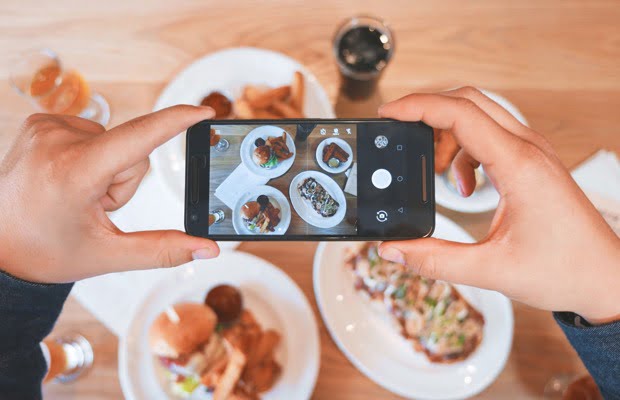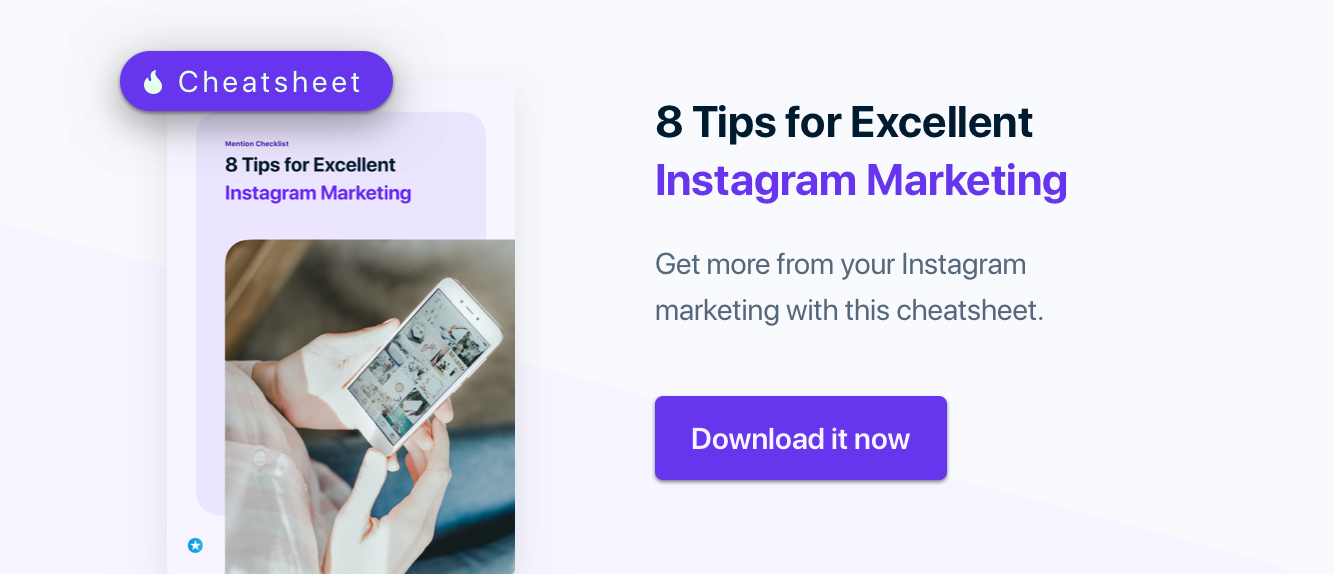Should B2B brands be using Instagram Stories? The short answer is… yes!
Contrary to what some B2B companies may believe, Instagram Stories (IS) isn’t just a new feature of an already-trendy app for millennials. Beyond helping fashion and lifestyle brands amass huge followings, it can be an excellent, lead-generating channel for B2B companies.
Instagram itself has already proven to be one of the most effective social media marketing platform. According to digital marketing expert Jay Baer, it provides brands with a space for making new connections in all different types of industries, at all different stages in their development. The app is a great medium for brand storytelling: for customers, engaging with brands on Instagram can often feel more authentic than on Facebook or Twitter.

This doesn’t mean that B2B companies need to hop on to every hip app bandwagon. Snapchat, for example, which Instagram Stories was modeled after – was a lot more limiting for B2B brands.
With Snapchat, companies were restricted in terms of creating brand pages, having integration or automation and also drive to call-to-action options. Although the app provided a new way for many brands to tell their story in a creative, out-of-the-box way, it wasn’t the most effective channel for many B2B brands to achieve their marketing goals.
Enter Instagram Stories.
Why Instagram stories works for brands
In just a year since its launch, Instagram Stories (IS) was able to dethrone Snapchat as the preferred video story app of both brands and consumers. With more than 250 million users, IS demonstrated quickly how brands can leverage ephemeral video to engage with their audience but also hit their marketing objectives.

According to Social Media Examiner, Instagram Stories “lets you engage your customers and prospects with a more complete message than a single image can provide.” Stories are also they first thing users see when they log into the app, allowing brands who share regularly to stay top of mind.
In addition, brands can now do a lot on Instagram including creating ad stories, adding links or CTAs and tagging. The feature also encourages collaborating with influencers, providing them with quite a bit of freedom to create branded content that is authentic but also result-driven.

Source: Google
For many B2B brands who lack visual appeal or a sexy product, it may be tricky to figure out where or how they should start with Instagram Stories. The best way to test out if the app is a good fit for your brand is to experiment different types of content and compare the results. With that said, here are 6 ways to B2B brands can use Instagram Stories:
1. Give a behind the scenes look to your product or company
What you share on Instagram Stories may only last 24 hours but the effects on your brand can be long-lasting. Sharing exclusive, behind-the-scenes content of special events or interesting experiences allow your audiences to get to know your brand on a deeper level.

Source: GE
GE has done a great job using IS by capturing extraordinary moments like when they had their team descend into a volcano or when they dissected a giant jet engine. While not every B2B company will have incredible behind-the scenes stories, you can still share fun and original moments from your business.
2. Showcase your company culture
Instagram Stories was made for brand storytelling – so do just that! From company events, hackathons, team building outings, to bake-offs – showcase your company values and what makes you unique.
Remember that the app encourages creativity and customisation – use the filters, stickers, hashtags, polls and location to enhance your story and to add more context.
Here at Mention, we took the opportunity of having a very international company to create a warm and fuzzy holiday greeting from our team members around the world. The results were pretty cute, take a look for yourself!
3. Collaborations and user-generated content
Collaborating with influencers and other brands and using UGC from your customers and employees is a great way to grow your followers quickly. This can be in the form of interviews, tutorials, product reviews, or takeovers – which are extremely popular. We’re big fans of what our friends at Buffer have been doing.

An Instagram story takeover allows your audience to see your branded content from an influencer, partner, team member, or customer’s point of view. You’re able to piggyback off of each other’s fan base and brand loyalty. “Takeovers are special because they act as a partnership to provide a mutually beneficial exchange of value. It can be a key tactic for growing your audience.” (Social Media Examiner)
4. Teach them something
Product or strategy tutorials can help position your brand as an expert in your industry. These can be in the form of quick tips, product demonstrations or Q&As that you collect ahead of time.
TechCrunch created a comprehensive tutorial on ‘How to Use Instagram Stories in 11 Steps’, via Instagram Stories. Inception, anyone?
5. Deliver contests, special offers, or drive to website
What makes IS so effective for businesses is its ability to go beyond just sharing content but driving users to take call-to-actions easily. According to Later, “One of the best things about Instagram Stories for business, and what sets them apart from Snapchat, is their tagging and linking capabilities.”
What’s more, the time-sensitive nature of the IS creates a sense of urgency for your users and potential customers. They’re much more likely to resonate with your message follow your call-to-action.

A good way to deliver offers and contest in IS is to refer viewers to the link in your bio. “Post a “coupon” as an Instagram story and announce that the offer expires at the end of the 24-hour story period. The coupon can direct users to the link in your Instagram bio, which will take them to a landing page where they can learn how to redeem your special offer.” (Social Media Examiner)
6. Promoted Instagram Stories campaign
Promoted Instagram Stories can be a powerful lead-generating tool due to its linking, geo-targeting and various CTA capabilities. According to Marketing Land, just one month after the linking feature was enabled, 15 to 25 percent of the people who see a link in an Instagram Story were swiping on it.
What’s more is that the ads are far more interactive compared to conventional ads – they often feel much more natural as well.

The geo-target features allow you to target your audience by location and create unique geofilters. “With these features, brands can serve targeted Stories and custom filters to their audience based on their location. IBM has used this to their advantage in the past by creating special filters for their industry events.” (Top Rank Blog)
Want to learn how to create an promoted Instagram Stories campaign? Follow our step-by-step guide.
Over to you
When used right, an Instagram Stories campaign can be an exciting new marketing tool that helps B2B’s tell their brand stories creatively while achieving their business goals. As a marketer, you’ll feel less pressured when you create content that only lasts for 24 hours.
So keep in mind that Instagram Stories is not meant for creating elaborate, aesthetically perfect videos. Use it the way it was intended: for creating content that is interesting, timely and ephemeral.
New to Instagram and not sure where to start? Check out our resource below.
Subscribe to Marketing + Monitoring Weekly
Get hot blog posts, insanely useful resources, and funny gifs every Friday.

